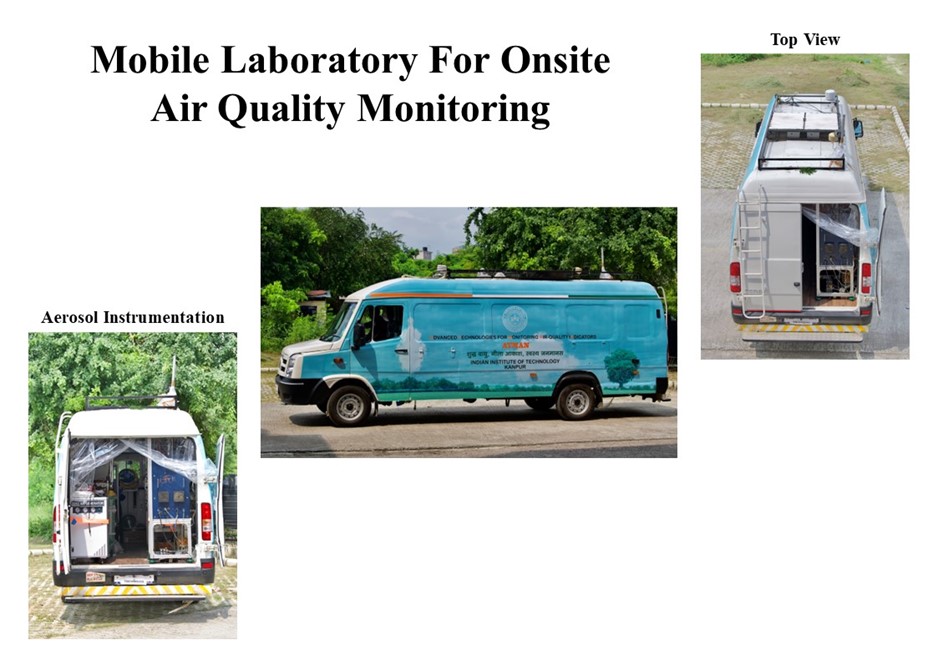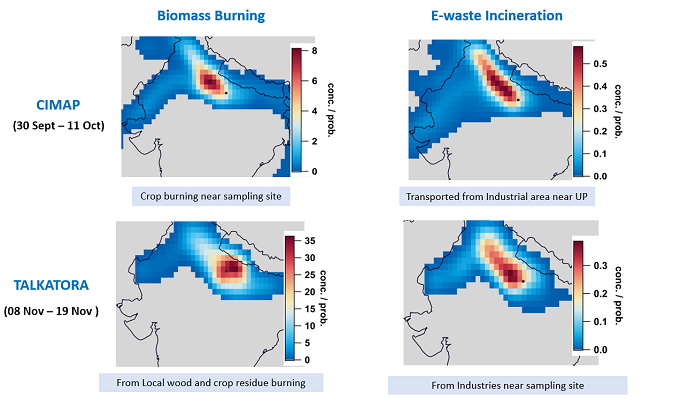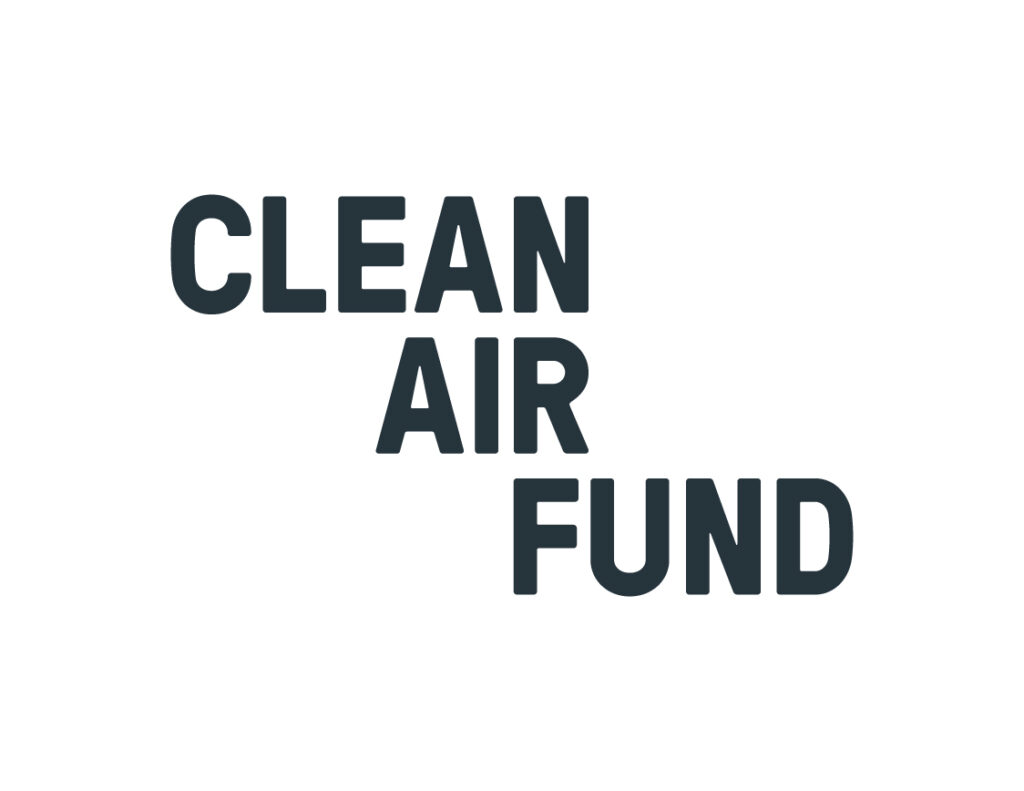Dynamic Hyperlocal Source Apportionment (DHSA)
About the project
The Dynamic Hyper-Local Source Apportionment DHSA project is being pursued under Center of Excellence (CoE) for implementation at Lucknow and Kanpur in Uttar Pradesh, India. The proposed project seeks to establish a novel technique called Dynamic Hyper-local Source Apportionment (DHSA) for real-time and low-cost Source Apportionment (SA). DHSA uses data from portable air quality sensors such as gas sensors, meteorological sensors and PM sensors and employs machine-learning techniques to convert portable air quality sensor data into SA information. Portable air quality sensors cost orders of magnitude less than RTSA equipment, and therefore hundreds of DHSA stations could be established at various locations in a city at the cost of a single RTSA monitoring station. This would allow hyper-local SA data to be obtained from several locations instead of RTSA data from a single location. The widespread availability of DHSA data from multiple locations in a city would therefore significantly increase the use of SA data in targeted policymaking. Thus, the project aims to 1. Establish DHSA as a radically altered, low-cost paradigm for accurate SA and 2. Promote DHSA as an input source to policymaking processes. DHSA studies are initiated at Lucknow, along with downscale studies being carried out at Kanpur.

Project Updates:
The portable sensor units with monitoring for additional criteria gas pollutants – CO, O3, NO2, SO2, TVOC besides PM2.5 and PM10 underwent rigorous testing in colocation with reference monitors at IIT Kanpur test bed (ATC tower, Air strip). Aerosol Mass Spectrometer, Xact, Gas Analysers, E-BAM, SMPS and HMT. Simultaneously, the mobile Air Quality Monitoring (AQM) laboratory (RTSA Laboratory) was developed.
The group also developed codes for real-time transmission of instruments data to IIT Kanpur server; robust mechanisms for data storage and back-up locally. Machine Learning (ML) team – comprising Post-doctoral Fellow and students guided by faculty member – was parallelly developing calibration models. The mobile AQM laboratory housing sophisticated instruments and 7 portable sensor units was deployed at 5 carefully chosen sites across Lucknow between 29 September to 28 December 2023. After completion of sampling at each site, the RTSA team – comprising Post-doctoral Fellows and students guided by faculty member – performed analysis and supplied the results to the ML team for DHSA modelling. The results obtained through DHSA when compared with RTSA from Lucknow cycle-1 data looks fairly similar and promising.
Five sites as detailed below were shortlisted for the study covering different source categories (viz. background, commercial, industrial, residential and traffic) within the Lucknow city limits.1. CSIR-Central Institute of Medicinal and Aromatic Plants (CIMAP) campus, Kukrail, Lucknow. 2.Super Industries, Talkatora, Lucknow (Industrial site). 3. Ellora guest house, Lalbagh, Lucknow (Commercial site). 4.Uttar Pradesh Pollution Control Board (UPPCB) Campus, Gomti Nagar, Lucknow (Residential site): 5.BR Ambedkar University, Vidhya Vihar, Raebareli Road, Lucknow (Traffic site). The project was initially proposed for Lucknow, but seeing the potential project has been scaled to Kanpur as well. With additional financial support, the project can be scaled to other cities across India. Site selection for Kanpur campaign are 1. Panki Naraina, (Power plant) and 2. Bada Chauraha, (Traffic).
Under the project setting up of LCAQ network in Lucknow and Kanpur has been completed with real-time data streaming into central servers. Also, Mobile RTSA Lab deployment has been completed in augmented sites across Lucknow.
Fabrication of mobile Air Quality Monitoring (AQM) Laboratory:
The mobile AQM laboratory houses sophisticated instruments like Aerosol Mass Spectrometer (AMS), Xact, Scanning Mobility Particle Analyzer (SMPS), Aethalometers, E-Bam, Optical Particle Sizer (OPS), along with the portable sensor units

Initially, RTSA was conducted separately for organics (measured with High-Resolution Time of Flight Aerosol Mass Spectrometer - HR-ToF-AMS) and metals (measured with Xact-625i) at each site using the Positive Matrix Factorization (PMF) technique. This process identified distinct source factors for each site, revealing unique fingerprints characterized by a blend of industrial, commercial, traffic and residential-related, and background influences as shown in the figure. Site analysis revealed that CSIR-CIMAP, classified as a background site, displayed minimal anthropogenic impact with the lowest mass concentrations compared to the other three sites. Biomass burning at this site is attributed to nearby sources while Talkatora, an industrial hub, exhibited local biomass burning. This distinction is evident in the Concentrated Weighted Trajectories (CWT) plots illustrated in the figure. Additionally, the pie chart highlighted that secondary organic aerosol overshadowed primary aerosols at each site, indicating a significant impact of long-transported pollution from nearby states. the study also highlighted a substantial contribution of fireworks in the Talkatora site, causing elevated metal and organic concentrations on Diwali.
The metals source apportionment in Lalbagh, a commercial site, revealed a new factor: break and tyre wear. This factor reflects the bustling nature of the area, highlighting the impact of traffic on metal sources in the environment. This comprehensive approach sheds light on the intricate interplay of various sources, enhancing our understanding of air quality dynamics across varied locations.







